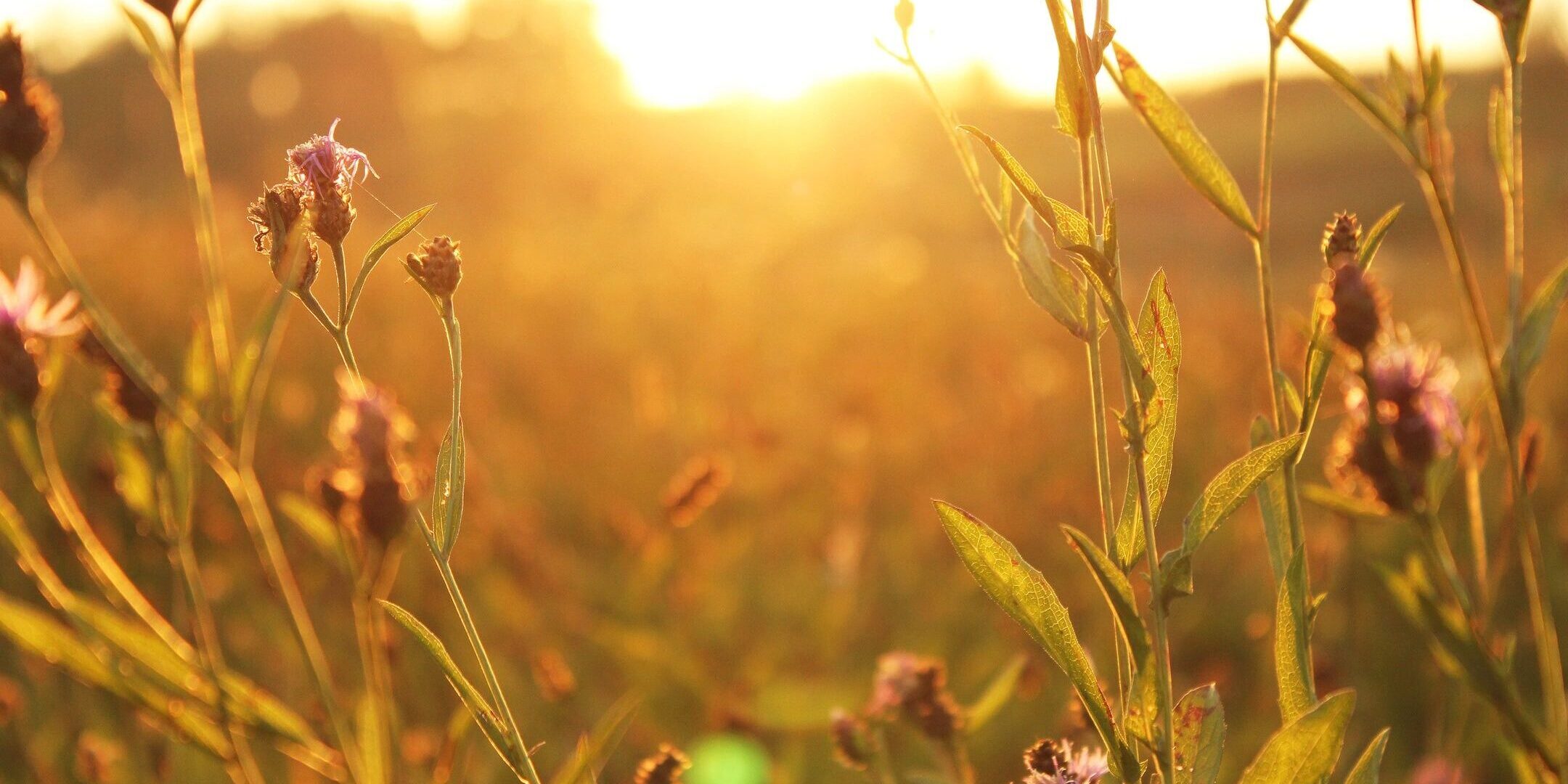
I know many of us continually try to get outside during the COVID pandemic not only to avoid cabin fever but also to enjoy the start of the fall weather. It feels good to see so many people getting out with their families to enjoy Mother Nature, and this increased outside time could also help protect us from getting COVID-19 if we continue to follow social distancing. The protective magic is coming from the SUN as our bodies produce vitamin D through the ultraviolet B rays contacting our skin. Of course, we do not want our skin to get damaged by the sun, but receiving a few minutes of sun to our face, arms, and legs at least 2-3 times per week could be protective.
Vitamin D has been shown in multiple studies to play a role in decreasing the risk of acquiring acute upper and lower respiratory infections. In theory, having a healthy amount of vitamin D could protect us from the Coronavirus. Having adequate vitamin D levels also protects us from rickets (weak bones), and some types of cancer including colon, prostate, and breast. Vitamin D also plays a vital role in the regulation of cell growth, our body’s neuromuscular and immune function, and inflammation. Unfortunately, it is estimated that more than 40% of Americans and more than 1 billion people worldwide are deficient. People at risk for vitamin D deficiency include breastfed infants, older adults, those with inflammatory bowel disease or history of gastric bypass, and those with limited sun exposure. Other risk factors include obesity and darker skin.
Vitamin D is a fat-soluble vitamin found in some foods including salmon, trout, sardines, some types of mushrooms, and fortified foods. The RDA (recommended dietary intake) is 400IU (international units) per day for infants, 600IU for the rest of the population except people over 70 years old who need 800IU a day. If you have had a blood test showing a vitamin D deficiency, it is recommended that you take a supplement of vitamin D3 of 5,000IU per day for adults and teens and 1,000-2,000IU per day for adolescents for at least 6-8 weeks.
One of the easiest and most natural ways to get vitamin D is through the sun. Exposing your face, arms, and legs to direct sunlight 2-3 times per week for 10-15 minutes during midday could keep your vitamin D at a healthy level. It has been shown that 30 minutes of direct sun exposure is equivalent to 10,000-20,000IU. Another cool thing about getting vitamin D through the sun is that you can’t overdose in vitamin D with sunlight, but with oral supplementation, you can. Luckily, it is difficult to overdose on oral vitamin D, but it is advised that adults do not take more than 10,000IU a day of oral vitamin D. Since vitamin D is fat-soluble it can collect in our bodies and cause overdose symptoms, including nausea, vomiting, disorientation, and kidney damage due to excess vitamin D raising blood calcium levels.
Prevention is power! So go out and enjoy the sun and soak up some of its goodness in a safe manner, or take a vitamin D supplement as directed.
Ben
The one caveat to taking a higher dose of oral vitamin D is that it could play a role in increasing a specific inflammatory protein associated with lung damage triggered by the COVID-19 virus. So, to be safe, it is recommended (by some experts) to stop oral supplementation if you feel like you are getting the virus, and then resume taking it when you are well.
https://www.bmj.com/content/356/bmj.i6583
https://www.medicalnewstoday.com/articles/315886#Diving-into-the-vitamin-D-data
https://www.medpagetoday.com/infectiousdisease/covid19/85596
https://www.foxnews.com/opinion/former-cdc-chief-tom-frieden-coronavirus-risk-may-be-reduce
